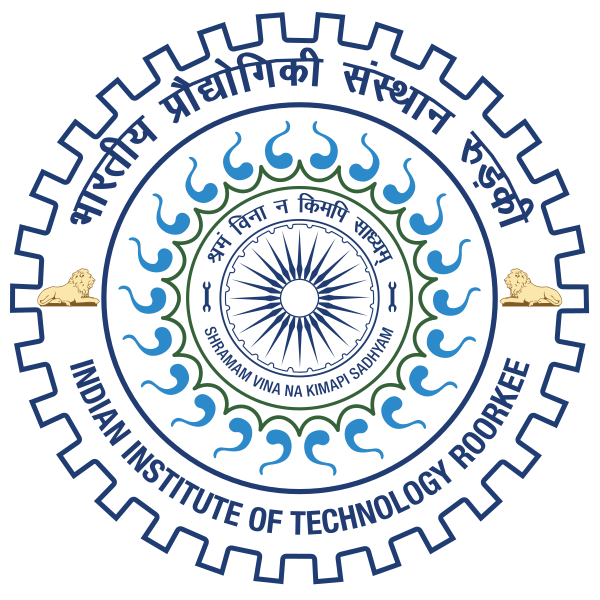Please use this identifier to cite or link to this item:
http://localhost:8081/jspui/handle/123456789/13454| Title: | LINEAR SYSTEM REDUCTION USING CONTINUED FRACTION EXPANSIONS |
| Authors: | Pant, Prakash Chandra |
| Keywords: | ELECTRICAL ENGINEERING;LINEAR SYSTEM REDUCTION;CONTINUED FRACTION EXPANSIONS;REDUCING SYSTEM ANALYSIS |
| Issue Date: | 2000 |
| Abstract: | Every physical system can be transformed into a mathematical model. The modeling procedure often leads to a comprehensive description of a process in the form of higher order differential equations, which are difficult to solve for analysis and design. These differential equations can be represented either in the form of a high order state space model in the form of first order differential equations or a high order transfer function. Model order reduction is significant for better understanding a system's behavior, simplifying controller structures, and reducing system analysis and design complexity. In reduced order modeling the high order transfer function model or the high state space model is required to be reduced in such a way that the reduced order model retains the important properties of the original high order system. In this dissertation continued fraction expansion (CFE) approach has been used for deriving the reduced order models using second Cauer form. The method is quite simple and attractive but it has a serious drawback of producing unstable (stable) models for stable (unstable) systems. To overcome this drawback a mixed method has been developed using Routh approximation, which has been extended for discrete time systems also. The method is having a unique feature, that it gives stable models for stable systems and matches the initial and final values of the responses. The methods discussed, has been tried to reduce single input single output (SISO) systems and extendable for multi-input multi-output (MIMO) systems. Necessary computer programmes have been developed in 'C++, environment for CFE, bilinear transformation and computing a (Routh) quotients. The results of the original and the reduced models have been compared by plotting the unit step responses with the help of MATLAB software package. |
| URI: | http://hdl.handle.net/123456789/13454 |
| Other Identifiers: | M.Tech |
| Research Supervisor/ Guide: | Prasad, Rajendra |
| metadata.dc.type: | M.Tech Dessertation |
| Appears in Collections: | MASTERS' THESES (Electrical Engg) |
Files in This Item:
| File | Description | Size | Format | |
|---|---|---|---|---|
| EED G10063.pdf | 1.94 MB | Adobe PDF | View/Open |
Items in DSpace are protected by copyright, with all rights reserved, unless otherwise indicated.

